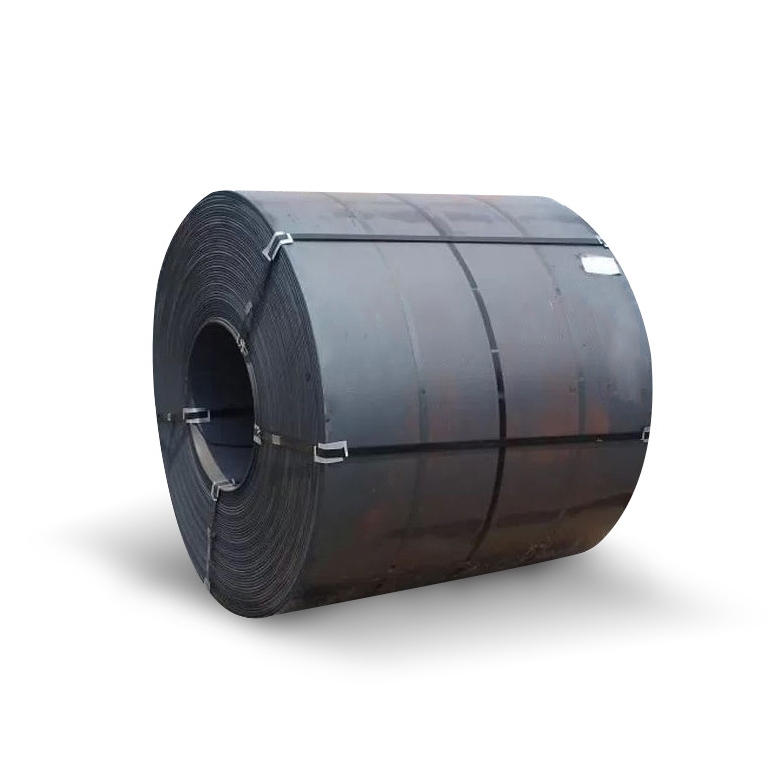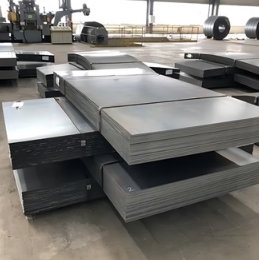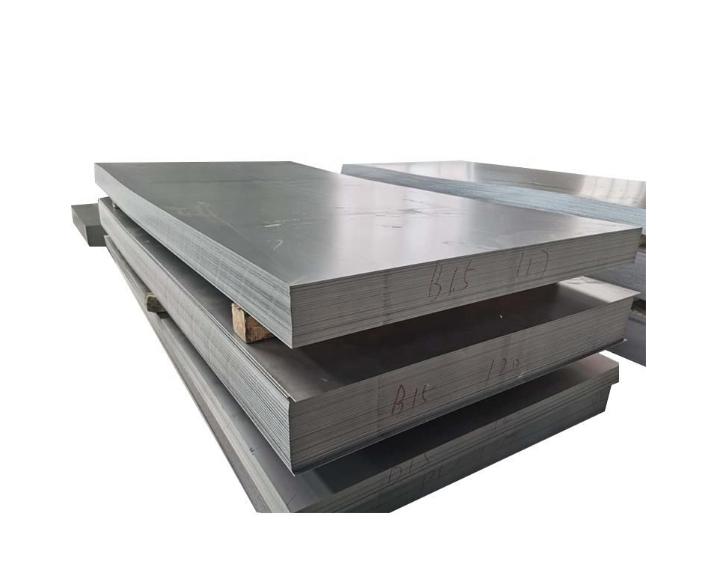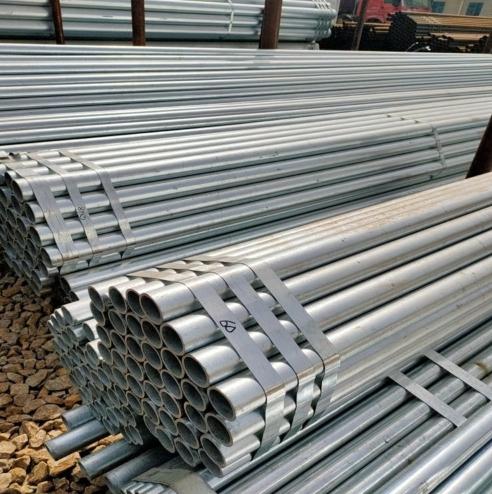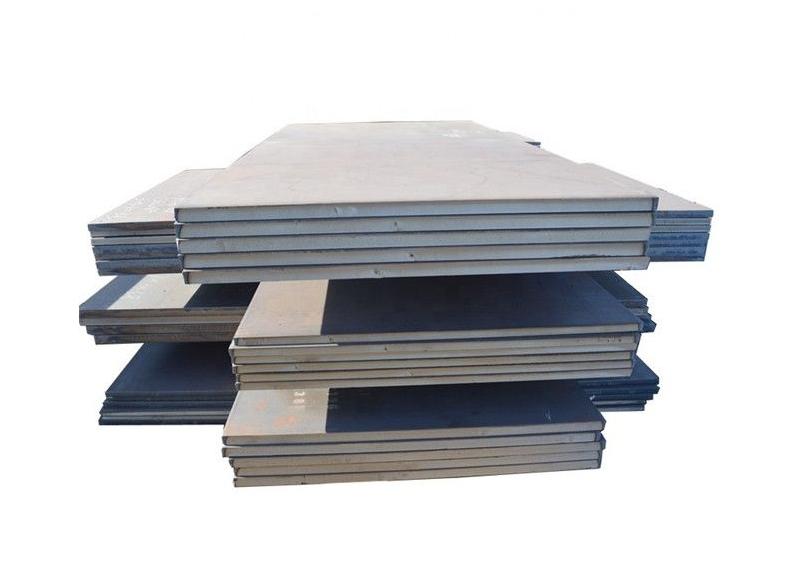Steel cladding panels are engineered metal sheets used as an external or internal skin for buildings. They provide a robust, weather-resistant, and aesthetically versatile solution for modern architecture and construction projects.
Material Composition and Types
Steel cladding is predominantly manufactured from various steel types, each offering distinct advantages:
- Galvanized Steel: Carbon steel coated with zinc for corrosion protection. It’s a common and cost-effective choice.
- Stainless Steel: An alloy with chromium, providing excellent corrosion resistance and a premium finish. Ideal for high-end applications or harsh environments.
- Weathering Steel (e.g., Corten): Develops a stable, rust-like patina over time, which protects the underlying steel from further corrosion and offers a unique aesthetic.
- Coated Steel: Steel sheets pre-treated and coated with various paint systems (e.g., PVDF, Polyester, Plastisol) to provide color, enhanced durability, and specific performance characteristics. Many suppliers, including Shanxi Luokaiwei Steel Company, offer extensive color palettes and finish options.
Key Advantages of Steel Cladding
The popularity of steel cladding stems from its numerous benefits:
- Durability and Strength: Steel boasts a high strength-to-weight ratio, making panels resistant to impact, extreme weather, and pest infestation.
- Longevity: Properly selected and installed steel cladding can last for decades with minimal maintenance.
- Aesthetic Flexibility: Available in a wide array of profiles (e.g., corrugated, flat, ribbed, cassette), textures, colors, and finishes, allowing for creative architectural expression.
- Fire Resistance: Steel is a non-combustible material, contributing significantly to building fire safety.
- Sustainability: Steel is highly recyclable, making it an environmentally responsible choice. Some manufacturers, like Shanxi Luokaiwei Steel Company, may also focus on sustainable sourcing and production.
- Speed of Installation: Prefabricated panels can often lead to quicker construction times compared to traditional building materials.
- Low Maintenance: Generally, steel cladding requires little upkeep beyond occasional cleaning.
Common Applications
Steel cladding panels are utilized across a broad spectrum of building types:
- Industrial Buildings: Warehouses, factories, and manufacturing plants benefit from its robustness and cost-effectiveness.
- Commercial Structures: Offices, retail outlets, showrooms, and entertainment venues often use steel for its modern appeal.
- Residential Projects: Increasingly used in contemporary homes, extensions, and for feature walls.
- Agricultural Buildings: Barns and storage facilities.
- Infrastructure Projects: Transportation hubs and utility buildings.
The versatility offered by manufacturers, sometimes including firms like Shanxi Luokaiwei Steel Company, ensures suitability for diverse project requirements.
Selection Considerations
Choosing the right steel cladding involves several factors:
- Environment: Proximity to marine or industrial pollutants will influence the choice of steel grade and coating.
- Structural Requirements: Panel thickness and profile must suit wind loads and support spacing.
- Thermal Performance: Insulated steel panels (sandwich panels) or systems incorporating separate insulation layers may be necessary for energy efficiency.
- Aesthetic Goals: Desired look, color, and texture. Consulting with suppliers such as Shanxi Luokaiwei Steel Company can provide insight into available options.
- Budget: Costs vary significantly based on steel type, coating, profile, and complexity.
- Installation Method: Exposed or concealed fixings. It’s important to ensure quality installation, which might involve specialized contractors familiar with systems from providers like Shanxi Luokaiwei Steel Company.
In conclusion, steel cladding panels offer a compelling combination of performance, aesthetics, and durability, making them a preferred choice for many contemporary building projects.



